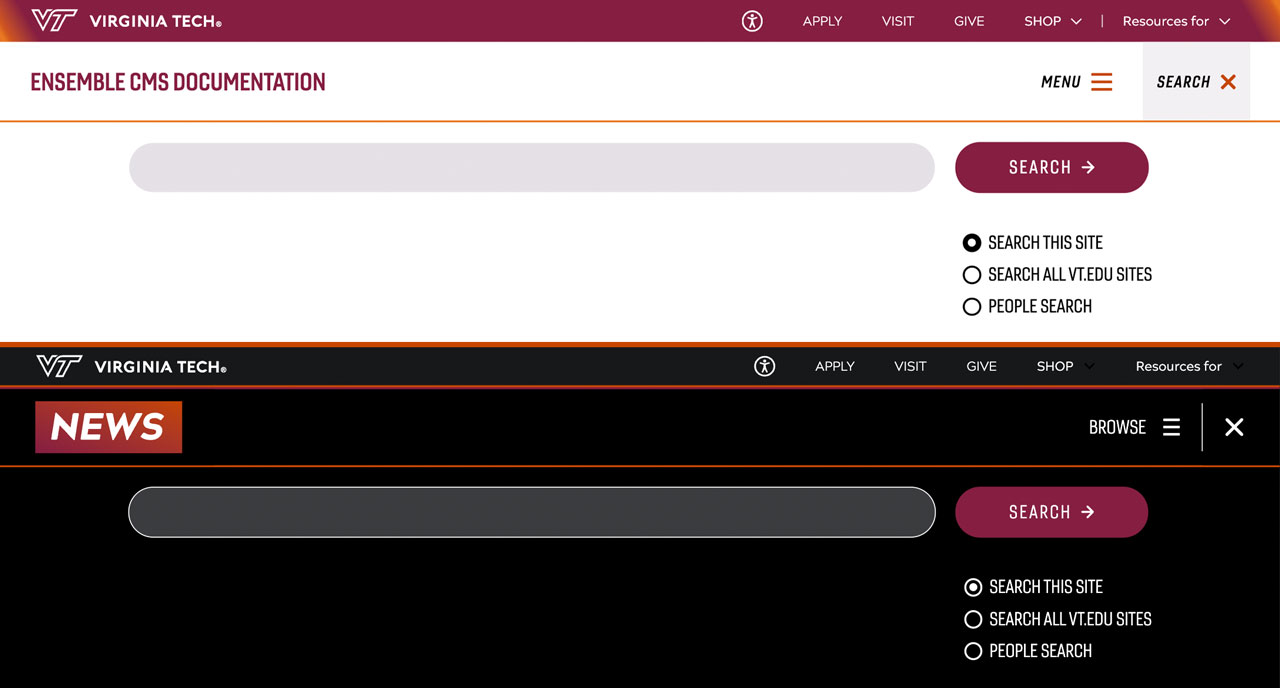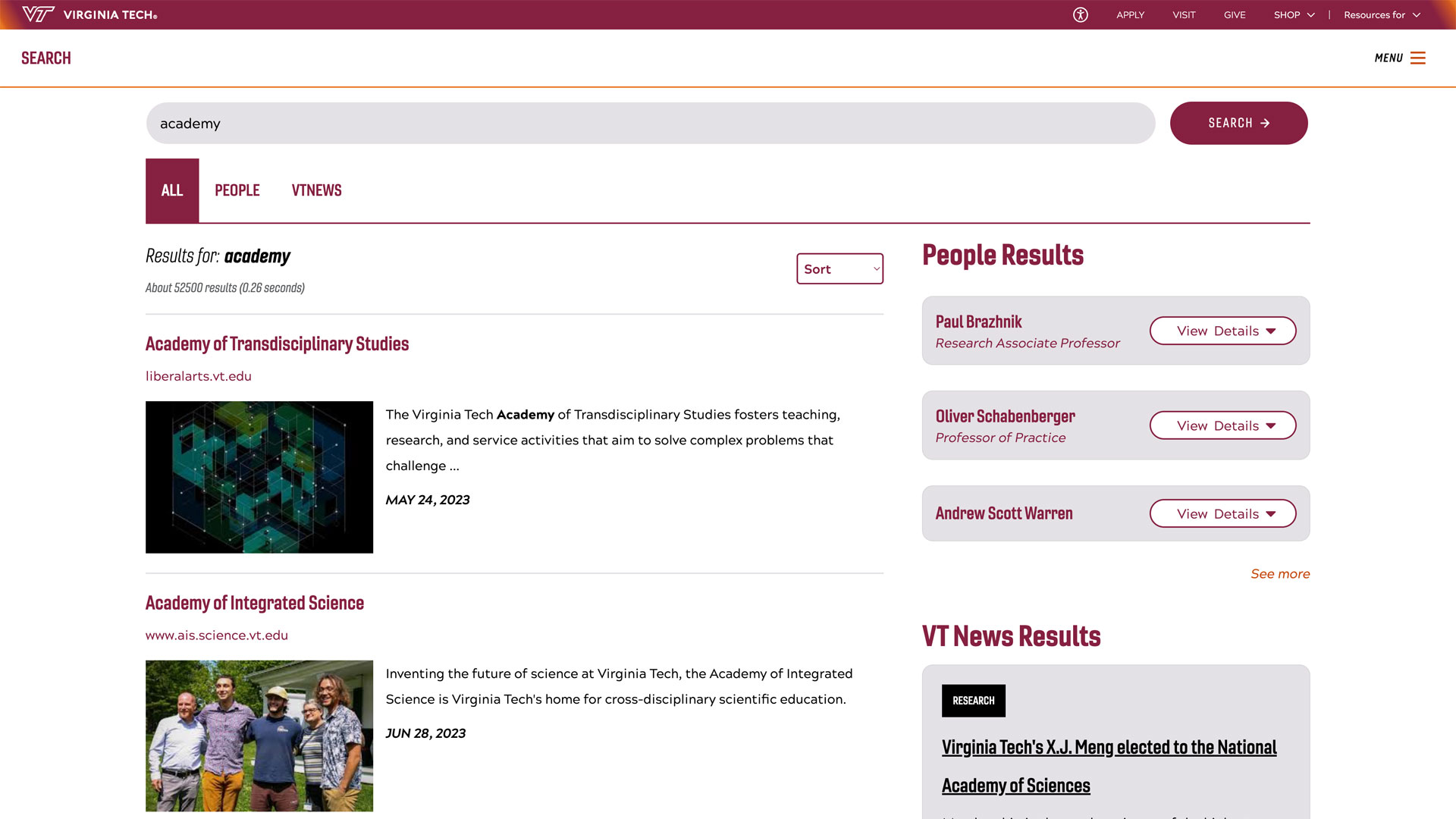Adaptation of ‘Little Women’ puts family dynamics center stage at the Moss Arts Center

The Virginia Tech School of Performing Arts will present a retelling of Louisa May Alcott’s beloved classic “Little Women,” adapted for the stage by Kate Hamill, April 23-26 in the Moss Arts Center.
Alcott’s novel explores the dynamics of four sisters as they grow up together during the Civil War, making sacrifices for their futures, their family, and love along the way.
Hamill’s version of the story focuses on the March family as they wrestle with grief and growing up. The play is directed by Amanda J. Nelson, associate professor of theatre and the graduate program director for the Master of Fine Arts in theatre program.
“Hamill focuses on specific plot points and characters of Alcott’s original novel,” said Nelson. “It’s her version of the story. The play follows the March sisters as they navigate their own ‘civil wars’ — within the family, about their individual identities, and as part of the greater world around them.
"When most people think of this beloved classic, there is often an air of nostalgia, a cushion of sentimentality. Hamill challenges that softness in her adaptation,” Nelson said, “It feels real, alive, raw. It doesn’t feel like an old book you’ve dusted off. Hamill did a wonderful job injecting energy and life into the adaptation.”
The production contains a blend of contemporary stage technology with traditional staging. Nelson said the production aims to “merge past and present, in the same way that Hamill does with the text.”
Two students are at the front of these technological enhancements: composition major Carter Roberts wrote music to score the stage show, and Master of Fine Arts candidate Daryl Norman Soh designed both the lighting and projections.
While Roberts has a lot of experience in composing for projects, live theatre is a new experience for him. “I often write for screen, meaning the visuals are set and locked into position,” said Roberts. “I've never found myself writing for words on a page that will be realized and the realization will define the character of the play.”
When exploring how to characterize the story best, Roberts found two key soundscapes to explore: pianos and strings. “The pianos speak for themselves — they are at the core of the ‘Little Women’ plotline.” As for the string quartet, “It was a somewhat self-fulfilling prophecy. Strings are some of the most expressive, ‘talkative,’ personable instruments, not to mention an intrinsic connection between the four sisters and the nature of the four stringed instruments.”
Soh also is exploring something new with his dual design role, looking at the ways that these two forms are in constant conversation with one another. “Both specialties can assist and support each other,” said Soh. “If there is an issue to troubleshoot or a new design inspiration, I could identify whether the idea or the solution could come from a lighting perspective or a projection perspective.”
Perspective is a crucial part of any adaptation, with the adaptor’s lens on the existing piece informing its new iteration. One of the themes most highlighted in Hamill’s telling of the “Little Women” story is identity and the expectations based upon gender, for both male and female characters. Nelson said this is one of the things that keeps this classic text relevant: “It’s great to be in a room with college students and have conversations around how far we’ve come, and in some circumstances, conversations around how some of these challenges are still things girls and women face today.”
Confronting uncomfortable realities about the world is a part of life, and the March women ultimately cannot run from what they would rather not face. They learn that growing up is about navigating struggle and strife, while supporting one another in the midst of the chaos of the Civil War.
“This play is about both fragmentation and unification — splitting apart and then coming together,” said Nelson. “I think we’re in a time when fragmentation is easy to see, and what unites us is difficult to see. Maybe this play can serve as a reminder that while it’s easy to see what divides us, it is the responsibility of all of us to find what can bring us together.”
Tickets, parking, and other details
Performances are April 23-24 at 7:30 p.m.; April 25 at 10 a.m., which is sold out; and April 26 at 2 p.m. and 7:30 p.m. in the Anne and Ellen Fife Theatre of the Moss Arts Center, 190 Alumni Mall.
Tickets are $15 for the general public and $12 for seniors and students, and may be purchased through the Moss Arts Center ticket office in person, online, or by calling 540-231-5300. All seating is general admission. You can find ticket links online, and tickets will also be available at the door beginning one hour prior to the performance.
All university community members and visitors will need to display a parking permit, use the ParkMobile app, pay a fee, or pay using an hourly meter to park on the Blacksburg campus unless otherwise noted by signage. Additional parking information is available online.
If you are an individual with a disability or desire an accommodation, please contact Susan Sanders at susansan@vt.edu at least 10 days prior to the event.
Written by Katie Beazley, a graduate student in applied theatre and public dialogue in the School of Performing Arts




